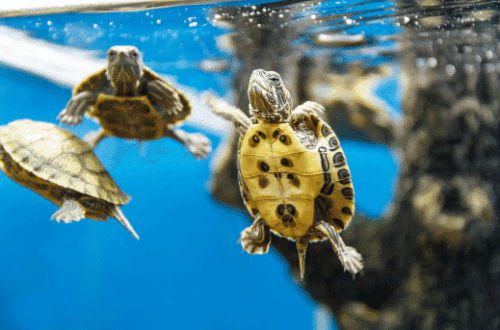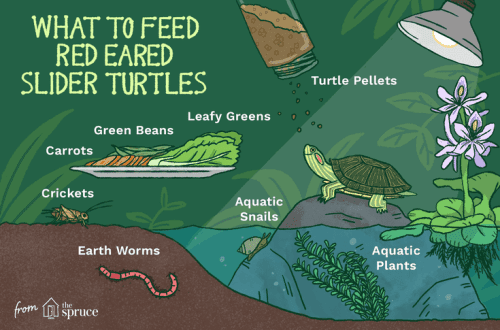
Bearded agama: home maintenance and care
Contents
Bearded dragon in natural habitat

The lizard lives in arid deserts and semi-deserts of Australia. It leads an active daily life on the ground, sometimes climbing onto stones and branches of low trees. It uses burrows of other animals, piles of stones, crevices at the roots of trees and bushes as shelters.
Containment Equipment



Content temperature
Substratum and shelters
Terrarium lighting for the bearded dragon
Humidity and ventilation
Humidity in the terrarium is not maintained. Caring for a bearded dragon is bathing. A lizard under the age of 3 months should be bathed once a week in a basin of water at 1 ° C, 30-2 cm deep. From 3-3 months, you can bathe once every 6 weeks. From 1-2 months, 6 time per month is enough.
Only use the terrarium with a proven ventilation system that promotes good air exchange and prevents the windows from fogging up.
Feeding a bearded agama at home
In bearded dragons, the diet consists of insects, greens, vegetables and fruits. The diet of an animal up to a year should consist of 70% insects and 30% plant foods. As the lizards get older, the ratio should change to about 70% plant foods and 30% insects.
The numbers of insects given are approximate and may not correspond to the needs of a particular animal. Focus on your pet’s appetite. Frozen insects or Repashy special food can also be used as food.



Before feeding insects, it is necessary to pollinate with calcium and vitamins. Plant foods can be offered every day. You can feed all kinds of salads, various vegetables and fruits.
Eliminate any kind of cabbage, tomatoes, citrus fruits and other sour vegetables, fruits and berries.
In summer, you can give dandelions, clover, knotweed, and other weeds. Feed the animal in the morning and afternoon, but not at night. Animals up to a year should not be limited in feeding.
The bearded dragon should always have access to fresh drinking water.
Reproduction and lifespan
Bearded dragons become sexually mature, ready for breeding by the age of two. This is an oviparous species. After mating, after 45-65 days, females lay eggs. To do this, they need to dig a hole at least 40 cm deep. The number of eggs in a clutch is from 9 to 25 pieces. After 55-90 days, babies hatch from the eggs.
With proper maintenance and care in your home, the bearded agama will live up to 12-14 years.
Bearded dragons are very territorial, so males should never be placed together. These lizards should be kept singly or in groups where there is a male and several females.
Diseases of bearded dragons
Like any animal, the bearded dragon can get sick. Of course, if all the rules are followed, the risk of disease is minimized. If you suspect any disease, call our store and we will advise you.
Signs of the disease:
- lethargy,
- lack of appetite for a long time,
- problem line.
Communication with a person
Bearded dragons very quickly get used to communicating with a person. When the animal understands that there is no danger, it ceases to be afraid and will come out on its own. In order to tame, you need to feed the agama from your hands, get it out of the terrarium for a while and hold it in your arms, stroke it on the back. If she is not stressed outside the terrarium, you can let her walk around the room, after closing the windows and locking other pets in separate rooms. The lizard should be outside the terrarium only under supervision.
On our site there are many photos of bearded dragons, as well as a video, after watching which you will get acquainted with the habits of a reptile.
Panteric Pet Shop supplies only healthy animals. Our consultants help with the choice of everything you need for the equipment of the terrarium, answer all your questions, give important advice on care and breeding. For the time of departure, you can leave your pet in our hotel, which will be monitored by experienced veterinarians.
In the article we will talk about the rules for keeping and hygiene of a reptile, diet and diet.
We will tell you how to care for the common tree frog at home. We will explain what the diet should consist of and what will help prolong its life.
How to properly care for felsums at home? Everything you need to know is in this article.





